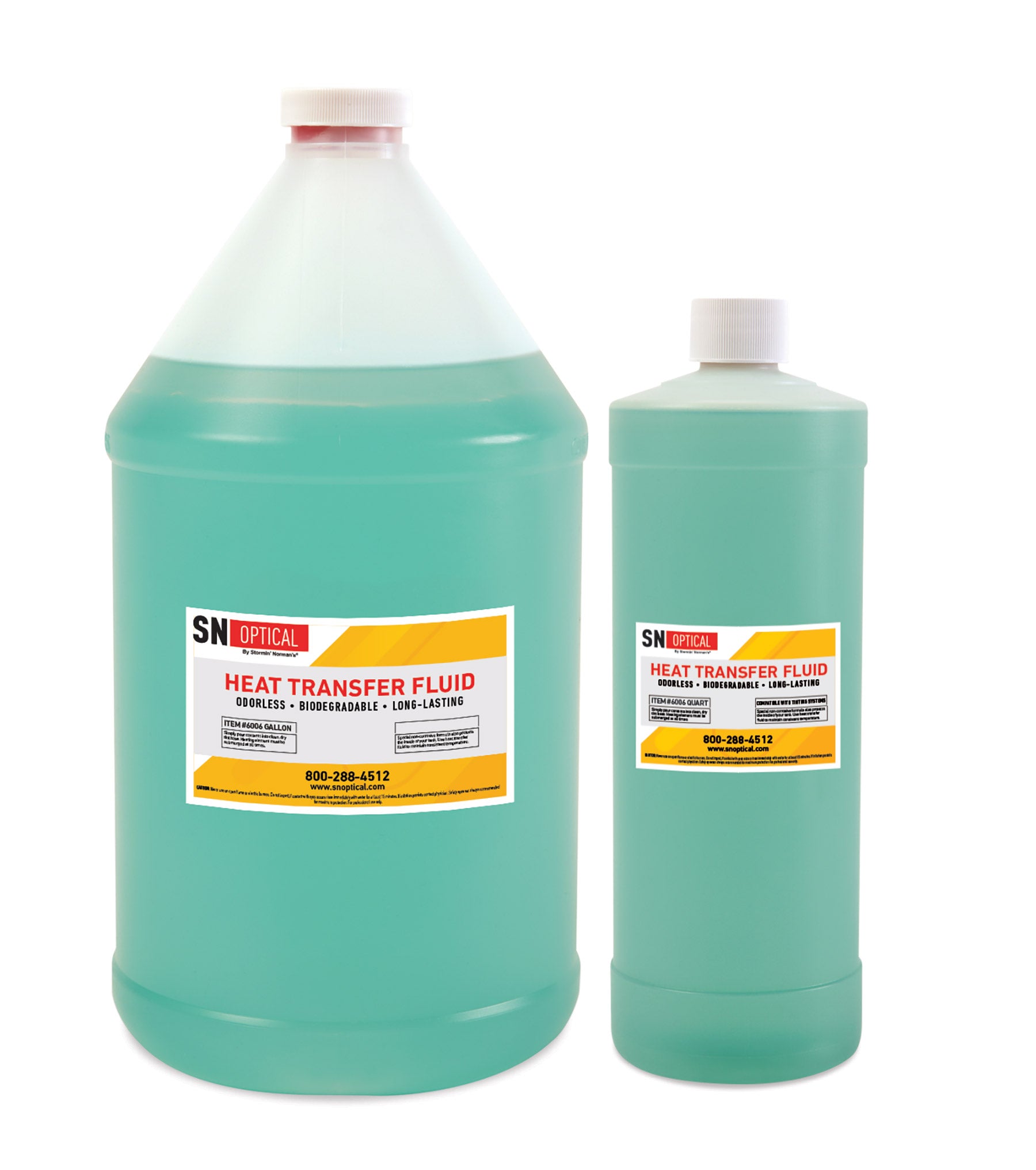Recognizing the Uses of Warmth Transfer Liquid in Industrial Applications
In the dynamic landscape of commercial applications, warmth transfer liquids (HTFs) are essential for preserving exact thermal law, crucial to optimizing operational efficiency and product quality. From the ins and outs of chemical handling to the durable needs of power generation, HTFs are main to making certain secure and efficient heat exchange.
Role in Chemical Processing
In chemical processing, warmth transfer liquids play a vital duty in preserving exact temperature level control, which is essential for optimizing reaction prices and ensuring item quality - heat transfer fluid. These fluids are critical in assisting in effective warm exchange in between process tools, thus allowing the guideline of thermal problems within reactors, distillation columns, and various other critical device. Their capacity to preserve stability under differing thermal lots and ecological problems makes them crucial in chemical production
The choice of an appropriate warmth transfer liquid is figured out by elements such as thermal conductivity, specific warmth capability, thickness, and chemical compatibility with the process products. High-performance fluids permit for quick heating & cooling, improving the efficiency of endothermic and exothermic responses. Additionally, their thermal security minimizes the risk of destruction or contamination, which can lead to tools fouling and reduced procedure efficiency.
In enhancement to temperature level guideline, these fluids add to safety and security by protecting against overheating and decreasing the possibility for thermal runaway reactions. By giving consistent thermal administration, heat transfer fluids boost process dependability and can lead to considerable power financial savings. As chemical processes come to be increasingly intricate, the value of choose and keeping optimum warm transfer liquids can not be overemphasized.

Power Generation Applications
Moving from chemical handling to power generation, heat transfer liquids presume a vital function in the production of energy. In power generation applications, these liquids are important in preserving optimum thermal efficiency and making certain the reliable procedure of power plants. Different kinds of power generation centers, consisting of fossil fuel-based plants and concentrated solar power (CSP) systems, depend heavily on warm transfer liquids for effective power conversion.
In nonrenewable fuel source nuclear power plant, warmth transfer fluids are made use of to transfer warm from burning gases to water in boilers, producing heavy steam that drives turbines. This process needs liquids with high thermal security and excellent warm transfer homes to stand up to severe temperature levels and stress. In CSP plants, heat transfer liquids flow with solar collectors, taking in solar energy and transferring it to a central receiver where it is used to produce heavy steam. The heavy steam after that powers turbines to produce electrical energy.
The selection of warm transfer fluid in these applications is important, as it affects the plant's effectiveness, security, and environmental impact. Artificial oils, molten salts, and various other specialized liquids are generally made use of, chosen based on their thermal security, warm capability, and compatibility with system materials.
Influence On Food and Drink Sector

Along with enhancing item quality, warm transfer fluids contribute to functional efficiency by decreasing energy consumption and reducing process times. Their thermal security and high warm capacity permit for quick heating and cooling cycles, bring about enhanced throughput and cost-effectiveness. The usage of food-grade heat transfer fluids, which abide with stringent safety requirements, makes certain that there is no risk of contamination, consequently guarding public health.
The adaptability of heat transfer fluids allows their application across a large range of food and beverage processes, from milk and confectionery to developing and bottling. By optimizing temperature control, these fluids play an indispensable role in satisfying the advancing needs of the food and drink sector while keeping high criteria of top quality and safety.
Significance in Production

An essential aspect of manufacturing processes across various markets is the effective administration of temperature, which is where warm transfer fluids show their importance. Warmth transfer fluids assist in these regulated environments by soaking up, transferring, and releasing warmth as necessary.
In manufacturing settings, warmth transfer liquids contribute considerably to functional effectiveness and cost-effectiveness. By reducing temperature changes, they aid reduce power consumption, thus reducing operational costs and improving sustainability. They improve the life expectancy of devices by stopping overheating and thermal anxiety, which can lead to expensive downtime and repair work.
Furthermore, the flexibility of heat transfer liquids enables them to be customized for specific applications, fitting a vast array of temperatures and environmental conditions. This flexibility guarantees consistent performance, even in the most requiring commercial settings. Ultimately, the critical use warm transfer fluids empowers suppliers to maximize their processes, enhance item top quality, and keep a competitive edge in an ever-evolving market.
Advancements in Warm Transfer Technology
With advancements in warmth transfer technology, industries are experiencing transformative improvements in temperature monitoring systems. Modern HTFs, such as nano-fluids, display boosted thermal conductivity and security, which dramatically improve warmth exchange processes.
In addition, the assimilation of smart modern technology and electronic monitoring systems has actually changed heat administration. Advanced sensing units and IoT tools give real-time data analytics, making it possible for precise control and optimization of heat transfer procedures. This causes boosted safety, decreased downtime, and prolonged tools life-span.
Additionally, the arrival of magnetic and phase-change materials in warm transfer applications notes a substantial jump onward. heat transfer fluid. Magnetic fluids, as an example, offer quick warmth dissipation via electromagnetic field manipulation, while phase-change materials successfully save and launch thermal power during phase transitions
These technological strides are not only click for info enhancing effectiveness in traditional markets such as chemical handling and power generation yet are additionally cultivating technology in arising areas like renewable energy systems and digital air conditioning, leading the means for lasting commercial operations.

Verdict
Heat transfer fluids are important to commercial applications, supplying precise temperature level control and boosting functional performance. In chemical handling, they ensure optimal activator problems, while in power generation, they add to reliable energy usage. The food and beverage industry advantages from consistent temperature management, important for product high quality. Across different producing markets, HTFs facilitate energy conservation and safety compliance. Breakthroughs in warmth transfer innovation proceed to optimize these features, highlighting the important function of HTFs in industrial procedures.
Comments on “Top Considerations for Selecting the Right Heat Transfer Fluid for Your Needs”